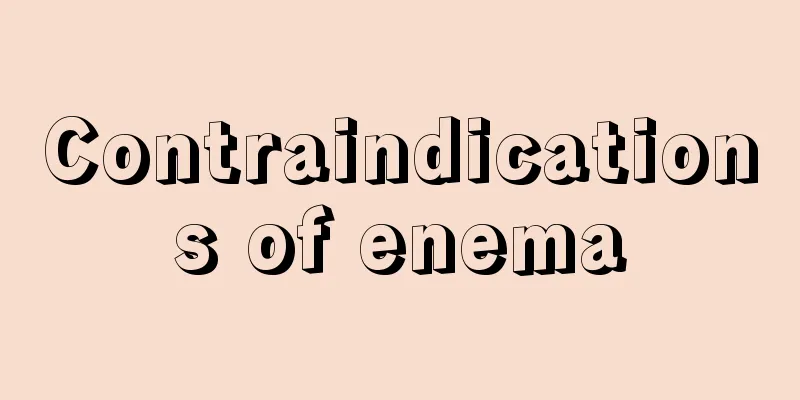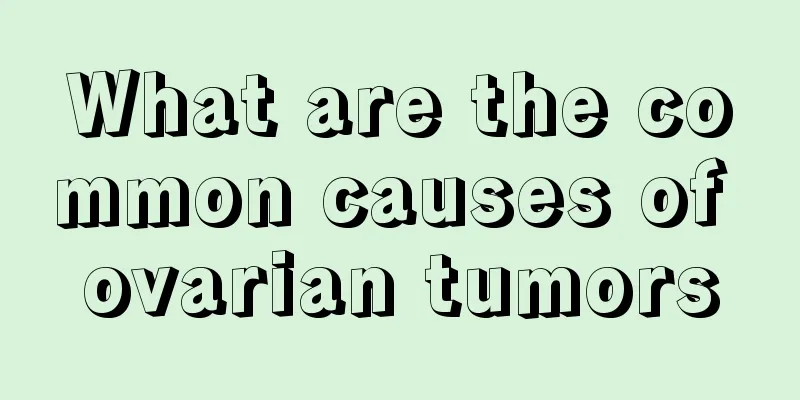Contraindications of enema

|
1. Indications for large-volume non-retention enema: constipation and intestinal gas caused by various reasons; examination of colon and rectal diseases and preparation before major surgery; cooling of high fever; preparation before delivery. Contraindications: Acute abdomen and gastrointestinal bleeding, intestinal surgery, typhoid fever, severe heart and brain diseases. 2. Indications for small-volume non-retention enema: Constipation in the elderly, weak patients and pregnant women; intestinal flatulence after abdominal and pelvic surgery; residual pelvic abscess; portal hypertension bleeding (soapy water is prohibited). Elderly, weak or other patients with anal sphincter loss due to other diseases. Anal enema with balloon can be used. Contraindications: acute abdomen and gastrointestinal bleeding, intestinal surgery. 3. Indications for cleansing enema: examination of colon and rectal diseases, preparation before radiography and rectal surgery. Contraindications: acute abdomen and gastrointestinal bleeding, intestinal surgery, enterotyphoid fever, severe heart and brain diseases, elderly and weak patients. 4. Retention enema Indications: Kamiba dysentery, chronic bacillary dysentery, colitis. For patients with hypokalemia, oral potassium supplementation is not suitable, and intrarectal potassium can be used; used for tetanus sedation. Contraindications: Do not perform this enema on patients who have undergone anal, rectal, colon, or other surgeries or who have fecal incontinence. What are the contraindications for enema? Severe heart disease, congestive heart failure, severe hypertension, aneurysm, severe anemia, bleeding and perforation caused by megacolitis, mental disorder, severe hemorrhoids, unexplained intestinal bleeding [intestinal cancer, colon ulcer], cirrhosis, early pregnancy, intestinal surgery less than six months ago, hernia. The above conditions are not suitable for enema. Treatment of fetal distress (I) Give oxygen to increase the oxygen content in the mother's blood to improve the fetal hypoxia. (ii) Intravenous injection of triple drug, i.e. 60ml of 50% glucose plus 500mg of vitamin C and 0.375g of nikethamide. Glucose can protect brain tissue and improve tolerance to hypoxia; vitamin C can reduce the permeability and fragility of capillaries; nikethamide is a central nervous system stimulant. In recent years, it has been suggested that nikethamide may increase fetal oxygen consumption. In order to avoid aggravating fetal hypoxia, its use is not recommended. (iii) Take appropriate measures to address the cause of the disease. (iv) When labor is complete and the cervix is fully dilated, perform an episiotomy if the patient presents head first. Either vacuum extraction or forceps delivery. Hip traction can be performed for patients with buttocks presentation. If the cervix is not fully dilated and it is estimated that vaginal delivery cannot be completed within a short period of time, cesarean section may be considered. If the fetus dies, the patient can wait for spontaneous delivery or undergo craniotomy. |
<<: If the corner of your mouth is rotten, apply erythromycin ointment
>>: How are venous sinuses formed
Recommend
alert! These may be symptoms of lymphadenoma
Luo Jing, Ken Takakura, Li Yu, Asan and other nam...
Does Gardenia have any effect on babies?
Many people like to buy some gardenias and put th...
Cantonese food stall stir-fry menu
Food stalls are now often seen in night markets, ...
How to treat recurrence of nasopharyngeal carcinoma
How to treat recurrent nasopharyngeal carcinoma? ...
What is the difference between a hernia and a hydrocele?
Many people easily confuse hernia and hydrocele, ...
Take a look at the symptoms of prostate cancer metastasis
Prostate cancer is a common disease among men in ...
What toothpaste is best for yellow teeth?
Friends with yellow teeth will definitely not wan...
How does purple ganoderma effectively treat insomnia
The problem of insomnia has long affected and tro...
What are the clinical manifestations of fibroids
Many of us are troubled by fibroids. After this d...
What are the symptoms of a minor cerebral hemorrhage?
Patients with mild cerebral hemorrhage may also e...
What are the nursing methods for melanoma
In recent years, melanoma has gradually evolved i...
Does eating donkey-hide gelatin cake help increase milk secretion
Milk is very important for both breastfeeding wom...
How can massage relieve muscle pain?
Muscle soreness is a common phenomenon in our dai...
Eyeballs suddenly become bloodshot
The whites of a normal person's eyes are whit...
What are the precautions for blood lipid test
It is important to note that if you want to obtai...









